Tag: Petersburg VA
Wikipedia says: Petersburg is an independent city in the Commonwealth of Virginia in the United States. The city is 21 miles (34 km) south of the commonwealth (state) capital city of Richmond.
It is located at the fall line (the head of navigation of rivers on the U.S. East Coast) of the Appomattox River (a tributary of the longer larger James River which flows east to meet the southern mouth of the Chesapeake Bay at the Hampton Roads harbor and the Atlantic Ocean). In 1645, the Virginia House of Burgesses ordered Fort Henry built, which attracted both traders and settlers to the area. The Town of Petersburg, chartered by the Virginia legislature in 1784, incorporated three early settlements, and in 1850 the legislature elevated it to city status.
Petersburg grew as a transportation hub and also developed industry. It was the final destination on the Upper Appomattox Canal Navigation System, which opened in 1816, to a city mostly rebuilt after a devastating 1815 fire. When its Appomattox River port silted up, investors built an 8-mile railroad to City Point on the James River, which opened in 1838 (and was acquired by the city and renamed the Appomattox Railroad in 1847). As discussed below, that became one of four railroads built (some with government subsidies) constructed (with separated terminals to the advantage of local freight haulers) before the American Civil War. In 1860, the city’s industries and transportation combined to make it the state’s second largest city (after Richmond). It connected commerce as far inland as Farmville, Virginia at the foothills of the Blue Ridge and the Appalachian Mountains chain, to shipping further east into the Chesapeake Bay and North Atlantic Ocean. During the American Civil War (1861–1865), because of this railroad network, Petersburg became critical to Union plans to capture the Confederate States national capital established early in the war at Richmond. The 1864–65 Siege of Petersburg, which included the Battle of the Crater and nine months of trench warfare devastated the city.
American Civil War
At the time of the American Civil War, Petersburg was the second-largest city in Virginia after the capital, Richmond, and the seventh-largest city in the Confederacy. Petersburg’s population had the highest percentage of free African Americans of any city in the Confederacy and the largest number of free blacks in the Mid-Atlantic region.
When the Civil War began in 1861, Petersburg was strategic in supporting the Confederate effort. The city provided several infantry companies and artillery units to the Confederate Army, along with three troops of cavalry. In April 1861 more than 300 free African Americans of Petersburg volunteered to work on the fortifications of Norfolk, Virginia under their own leader. Slaveholders also contributed the labor of numerous black slaves.
Siege of Petersburg
In 1864, Petersburg became a target during the Overland Campaign of Union General Ulysses S. Grant. Its numerous railroads made the city a lifeline for Richmond, the Confederate capital. After his defeat at the Battle of Cold Harbor, Grant remained east of Richmond and moved south to Petersburg. Grant intended to cut the rail lines into Petersburg, stopping Richmond’s supplies. On June 9, troops led by William F. “Baldy” Smith of the 18th Corps, attacked the Dimmock Line, a series of defensive breastworks constructed to protect Petersburg.
General Robert E. Lee arrived with his Army of Northern Virginia, and the 292-day Siege of Petersburg began. Due to botched Union leadership and arrival of Confederate General William Mahone, the Union forces suffered a disastrous defeat at the Battle of the Crater, suffering over 4,000 casualties. In early April 1865, Union troops finally managed to push their left flank to the railroad to Weldon, North Carolina and the Southside Railroad. With the loss of Petersburg’s crucial railroad lines, the Confederate forces had to retreat, ending the siege in a victory for the Union Army. The fall of Petersburg meant that Richmond could no longer be defended. Lee attempted to lead his men south to join up with Confederate forces in North Carolina. Hopelessly outnumbered, he was surrounded and forced to surrender at Appomattox Court House, Virginia, on April 9, 1865.
Showing 1–16 of 93 results
-
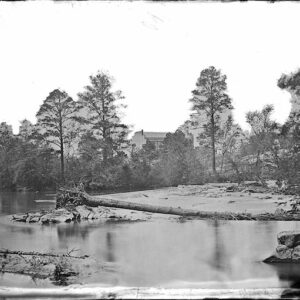
Image ID: AAGU
$4.99 – $6.99 This product has multiple variants. The options may be chosen on the product page -
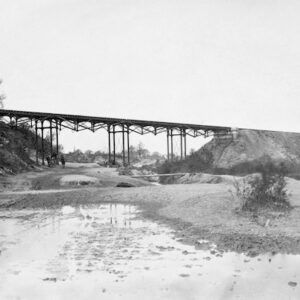
Image ID: AAID
$5.99 -
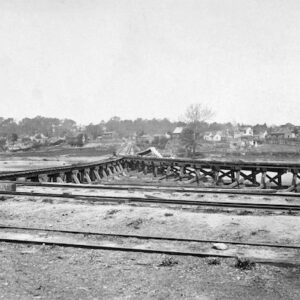
Image ID: AAIE
$5.99 -
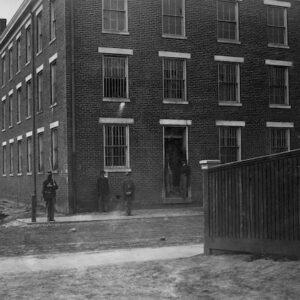
Image ID: AAJK
$6.99 -
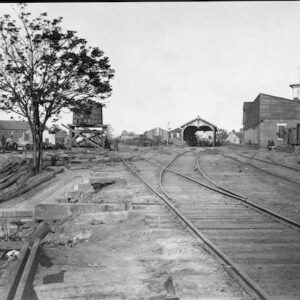
Image ID: AAJO
$5.99 -
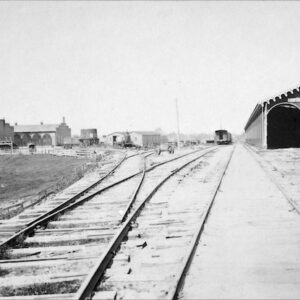
Image ID: AAKI
$1.99 -
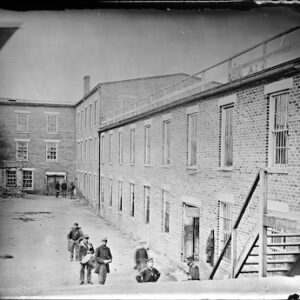
Image ID: AAMY
$4.99 -
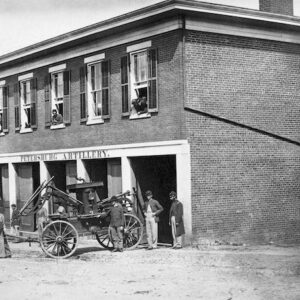
Image ID: AAMZ
$5.99 -
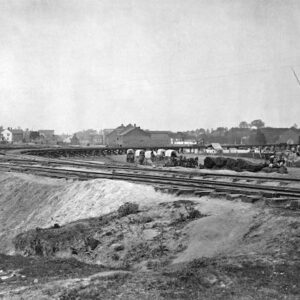
Image ID: AAND
$5.99 -
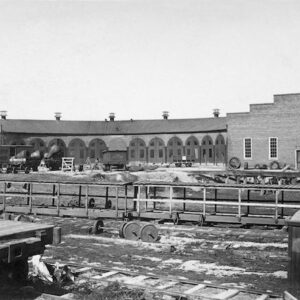
Image ID: AANH
$5.99 -
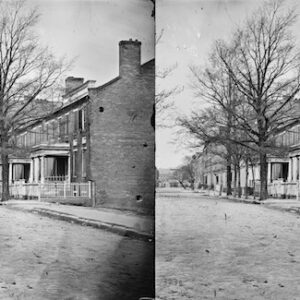
Image ID: AAUH
$6.99 -
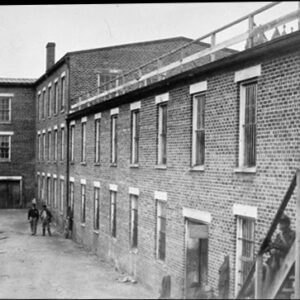
Image ID: AAUJ
$0.99 -
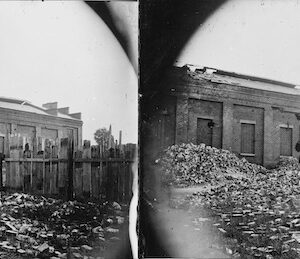
Image ID: ABLW
$5.99 -
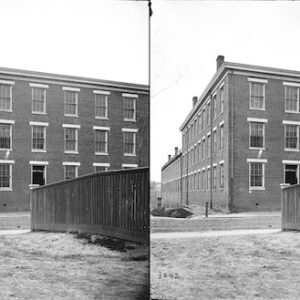
Image ID: ABSG
$6.99 -
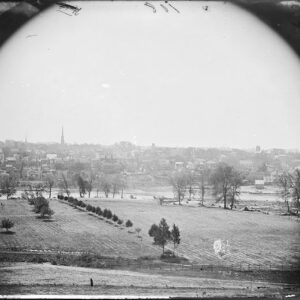
Image ID: ABWN
$4.99 -
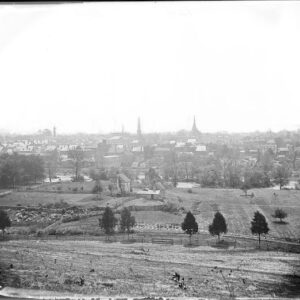
Image ID: ACBY
$4.99